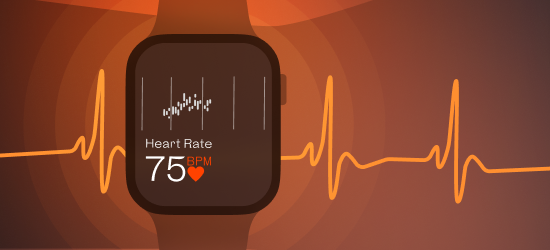


Welltory — All-in-One Wellness App.




Home » Heart Rate Variability » Measuring Resting Heart Rate

Your heart does a lot more than just supplying your body with oxygen-rich blood. It can also offer clues about your overall health. Enter the Resting Heart Rate (RHR) – a number that can reveal a lot. Let’s dive into the nuances of measuring and understanding this crucial metric.
To begin, you’ll need to feel your heartbeat. You can typically find it at the wrist (radial artery) or side of the neck (carotid artery). Place your index and middle fingers over the artery, and you should feel the rhythmic beats
To get your RHR, start a timer for 60 seconds and count the beats. If you’re short on time, you can count for 30 seconds and double the number for a reasonably accurate estimate
With technological advancements, measuring Resting Heart Rate (RHR) has become not just more accessible, but also more accurate. No longer are you limited to just manually checking your pulse. Let’s look at the various devices that can help you monitor your RHR effortlessly.
Popularly known as “wearables,” these devices are designed to be worn around the wrist, much like a watch. They continuously monitor your heart rate, among other health metrics, using optical sensors that detect blood flow changes.
Examples:
Beyond just telling time, smartwatches now come loaded with various health monitoring features, including RHR measurement. They use similar technology as fitness trackers but often combine it with other advanced sensors for more comprehensive health insights.
Examples:
Often used by athletes and fitness enthusiasts, these devices are worn around the chest. They detect the electrical signals from your heart, providing accurate and real-time heart rate data. They’re typically paired with a wristwatch or smartphone app.
Examples:
Yes, your earphones can measure your heart rate too! These special earphones have integrated sensors that detect heart rate from your ears. They’re especially handy during workouts, combining music with heart rate monitoring.
Examples:
Though primarily used to measure oxygen saturation, these small clamp-like devices also provide heart rate readings. They’re placed on the fingertip and use light to detect blood flow changes.
Examples:
While their primary function is to measure weight and body composition, some high-end smart scales also offer RHR measurement by passing a safe, low-level electrical signal through the body.
Examples:
These apps utilize the smartphone’s camera and flashlight. By placing a fingertip over the camera, the app detects subtle color changes in the skin to calculate heart rate.
Examples:
These apps pair with external devices, like chest straps or wrist wearables, via Bluetooth to provide accurate heart rate data.
Examples:
These apps pair with external devices, like chest straps or wrist wearables, via Bluetooth to provide accurate heart rate data.
Examples:
The journey of measuring heart rate has come a long way, transitioning from manual checks to sophisticated wearable devices and intuitive smartphone applications. Tools like Welltory are prime examples of how technology is democratizing health insights. Yet, as we harness these advancements, it’s pivotal to remember that they’re supplements, not substitutes, for professional medical advice.
Welltory Team, 22 July. 2023
 App Store
App Store
 Google Play
Google Play
 Huawei AppGallery
Huawei AppGallery
 Galaxy Store
Galaxy Store

